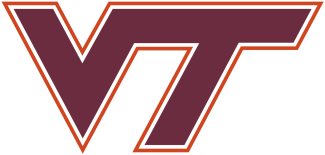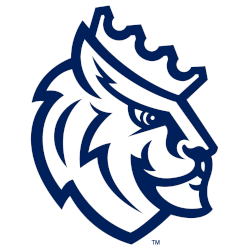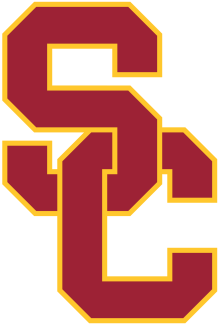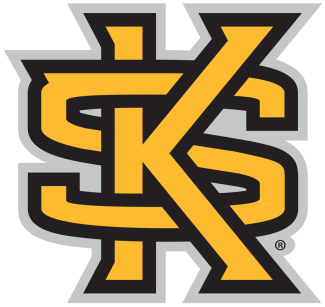In the aftermath of the 2020 season’s cancellation, Duke started holding Zoom meetings every day at 3 p.m. to provide a sense of continuity and connection. By the second day, Danowski realized he couldn’t hold everyone’s virtual attention. He made some calls.
The team hosted more than two dozen speakers over the next several months on the topic of leadership in crisis. They ranged from former Atlanta Falcons coach Dan Quinn to ESPN basketball analyst Jay Bilas to retired U.S. Army Gen. Martin Dempsey — the 18th chairman of the Joints Chiefs of Staff. Even the actor Peter Dante, best known for his roles in Adam Sandler movies like “The Waterboy” and “Mr. Deeds,” provided some levity and answered questions about his eclectic filmography. He played for Danowski at Hofstra in the late 1980s.
The series concluded with Duke president Dr. Vincent Price.
“Every one of them was different and unique and really impressive,” Danowski said.
Like the role practice played in the fall, the meetings became the favorite part of many players’ days. But on the first day the team convened in person, there were no guest speakers or Q&As. Instead of practice, they held a meeting during which each of the team’s players of color shared their stories. Their teammates followed their lead.
Danowski had just finished reading “Across That Bridge: A Vision For Change and the Future of America,” by the late John Lewis. He assigned a chapter to each class to foster conversations about how it made them feel. The entire team also discussed the final chapter titled “Peace.”
Once Duke started full team practices in October, each class was assigned a moment in civil rights history that they researched and then shared with the rest of the team.
“It starts with educating ourselves,” reads the caption of a video from Unity Week.
“Nakeie did a great job of challenging the coaches and his teammates in a very thoughtful way,” Danowski said of Nakeie Montgomery, the senior midfielder from Dallas. “I owe him a lot for that.”
Montgomery, who is Black, took on multiple leadership responsibilities for Duke in the fall. He also served as the player-coach of Peithos in the inaugural Duke Outdoor Lacrosse League (DOLL) — a player-run series of intra-squad games. Montgomery called his coaching style more “collaborative” and let Giles-Harris, who also is Black, and fifth-year senior goalie Turner Uppgren handle the defensive assignments.
The series of scrimmages got their origins from the Duke Indoor Lacrosse League (DILL). While the setting was different, the coaching staff did carry over the tongue-in-cheek game recaps penned by offensive coordinator Matt Danowski, John’s son. Most were filled with Will Ferrell movie references.
“I don’t know if the guys think it’s funny or not, but it gave me a laugh when I wrote it up and sent it out,” he said. “I couldn’t go too far back looping in ‘Slap Shot’ or ‘Major League’ because they wouldn’t know what I was talking about.”
How could Duke’s coaches make the DOLL fun? It was their driving impulse after the disappointment every player experienced last season.
There was a virtual draft where the top brass of each team dressed up in suits. Everyone got a ton of playing time. The two squads, McSallies and Peithos, wore game jerseys and the winner got to select their combination for the next contest. They opened up the game day locker rooms even though they weren’t playing at Koskinen Stadium and had given up their regular locker room to the men’s soccer team this fall.
“If you watch one of our practices, they’re just as intense as one of the games,” Montgomery said. “It was exciting to go out and compete for something.”
The coaching staff originally hoped Duke’s sports performance coach, Carl Christenson, could build a trophy since he’s a craftsman. Christenson could not produce one on such short notice though, so they got creative and repurposed a Battle at Bethpage silver cup into the DOLL Championship Cup.
“We couldn’t think of a better name,” Matt Danowski said. “Maybe we’ll hold it out for a donation.”
The seven-game series also offered more evaluation opportunities given Duke’s abnormally large roster. The coaches graded the film every Monday morning, then gave each team and players feedback.
“If you’re not playing as hard as you can all the time, you’re going to stand out because there is somebody who is,” Matt Danowski said.
That lesson was further reinforced after the fifth game of the DOLL, when McSallies led 3-2 in the standings. However, John Danowski announced, the first game — originally considered an exhibition — would now count. Game seven would decide the champion.
“You never know which play wins you a game,” John Danowski said.
While Sowers and McSallies fell to Peithos in the championship, more than any statistic or highlight-reel play, his first experience wearing a Duke jersey brought back the pure joy of playing that he had missed for almost seven months.
“To cap the long weeks of practice with those scrimmages was awesome,” said Sowers, US Lacrosse Magazine’s Preseason Player of the Year. “You knew every weekend was going to be a battle because the teams were so evenly balanced.”


























































